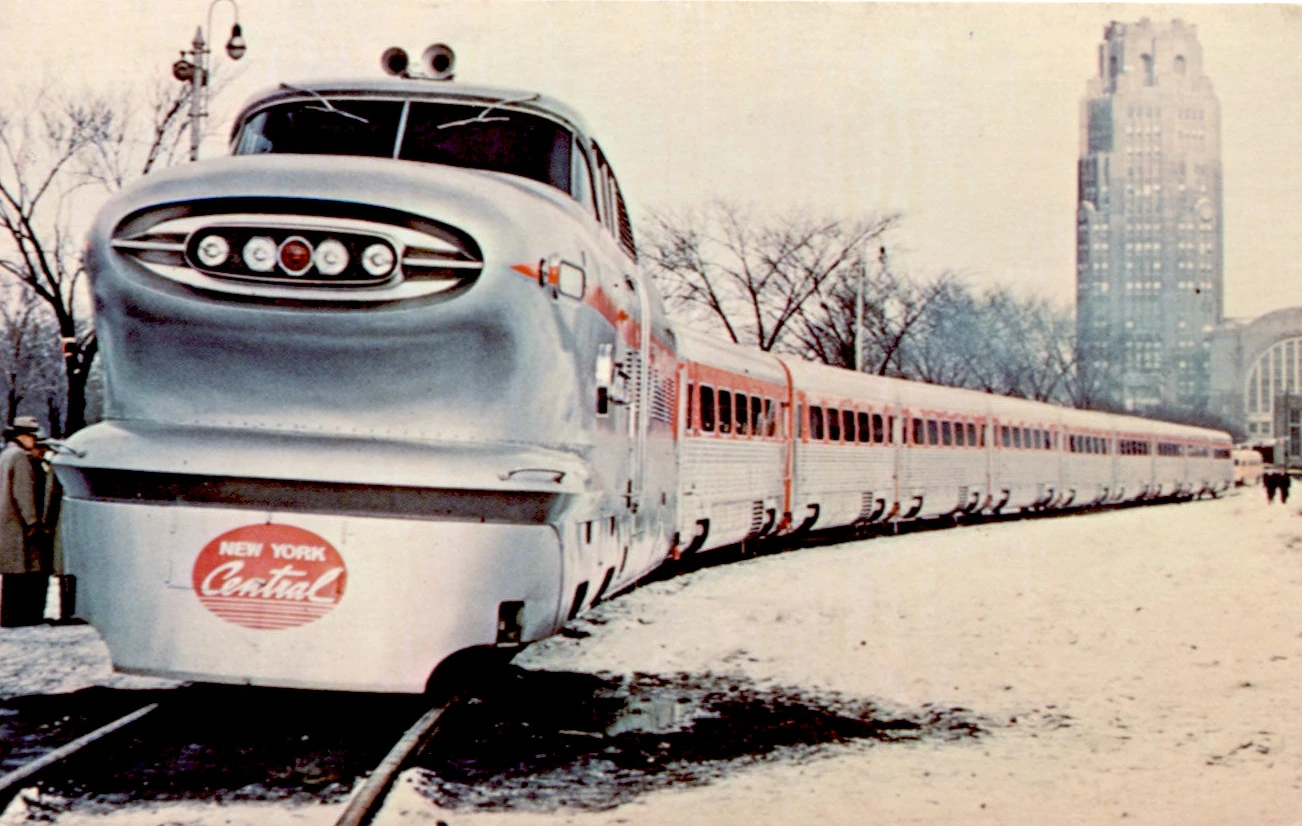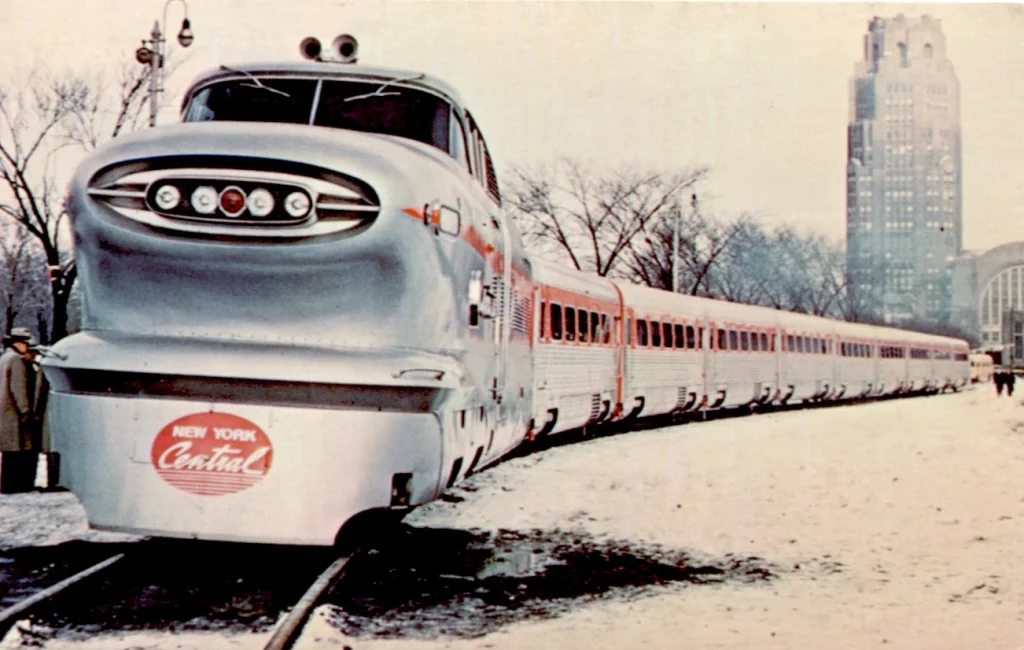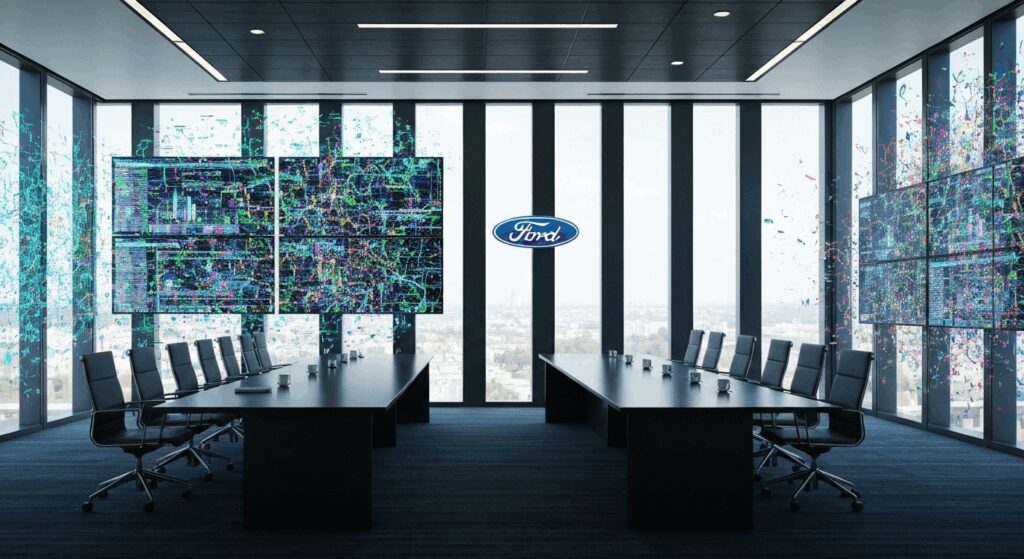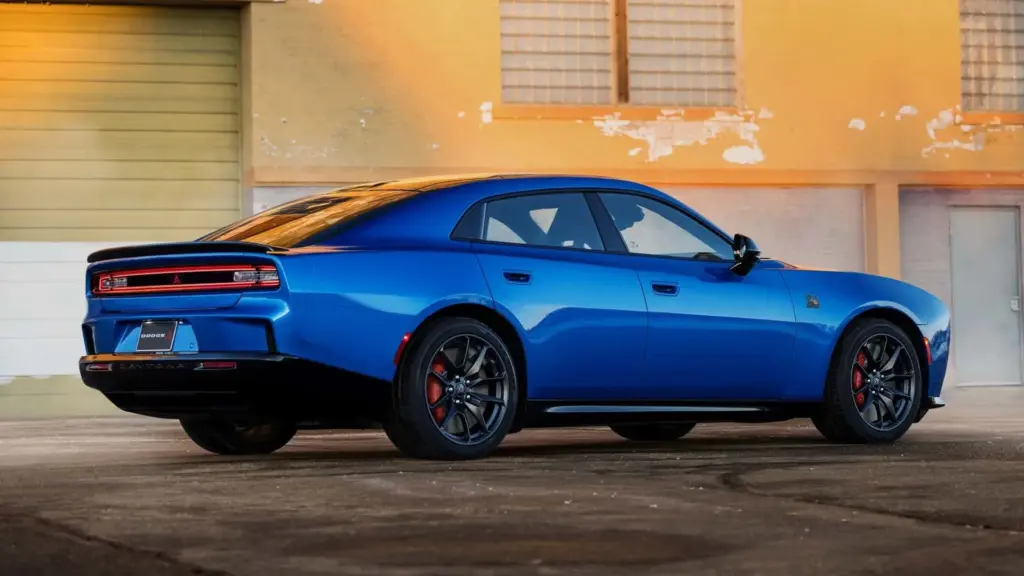When we talk about innovations in transportation, there are always some examples that, despite all good intentions, do not end up standing out. One such case is the Aerotrain, an attempt by General Motors to revolutionize rail travel. Many people don’t know, but this train was a promise of modernity in the 1950s, reflecting a design that mixed futurism and efficiency. But did it manage to deliver what it promised? In this article, we will explore the history, challenges, and legacy of this curious project that, although it failed, left its marks.
The History of the Aerotrain and Its Innovative Design
The Aerotrain, initially known as “Train-Y,” emerged at a very complicated time for passenger trains. In the late 1950s, railways were facing fierce competition, primarily from airlines and the growing popularity of automobiles. In response to this crisis, GM’s Electro-Motive Division decided to take a bold step and present a train that was not only functional but also visually stunning. The design, led by stylist Chuck Jordan, truly captured the essence of the time, bringing a touch of sophistication and modernity.
If we look at the structure of the Aerotrain, this becomes very clear. With an EMD LWT12 locomotive, which was diesel-electric, it stood out for its use of aluminum instead of steel, making it lighter and more agile. The cars, sharing the same design language as GMC buses, featured slanted windows and were super comfortable. The intention was to provide a travel experience that blended the style of cars with the efficiency of trains. However, despite this eye-catching aesthetic, the Aerotrain had an emptiness behind it that, unfortunately, reflected in its operations.
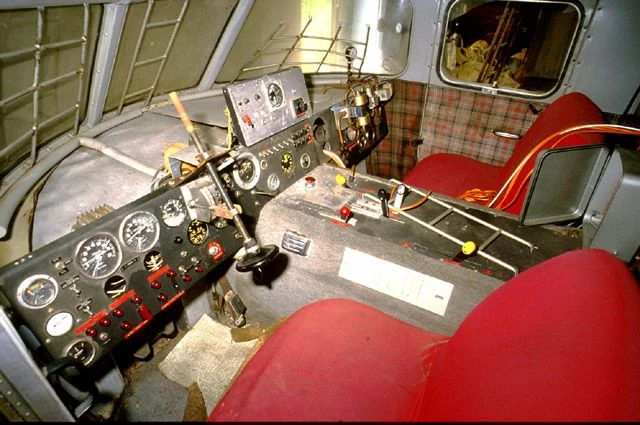
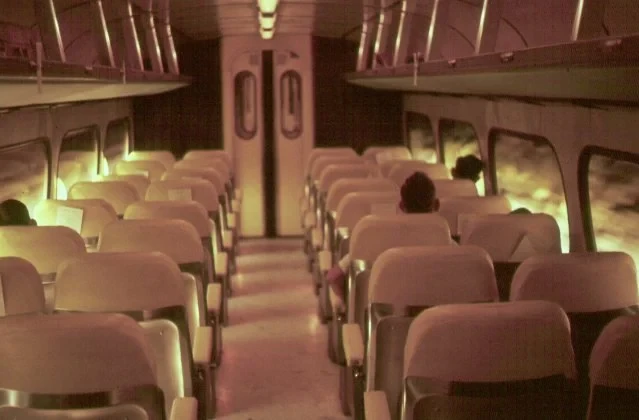
Although it was a masterpiece of design, the actual functionality of the Aerotrain proved to be problematic. It was more aligned with a desired vision of the future than with the reality of passenger needs. Interestingly, we can learn a lot from cases like the Aerotrain, as they show us that often what looks perfect visually may not be feasible in practice. Although it represented a bold proposal, that audacity was not enough to ensure its lasting success.
Challenges and Failures of the Aerotrain in Rail Operations
Now, let’s talk about the frustrations the Aerotrain faced on its journey. The first test took place in August 1955, and expectations were very high. However, what followed were various disappointments. The idea of a comfortable and fast train quickly turned into a nightmare for operators and passengers. The air suspension system, which was supposed to provide a smooth ride, resulted in exactly the opposite: many complained of discomfort, which is not promising for those wanting a relaxing trip.
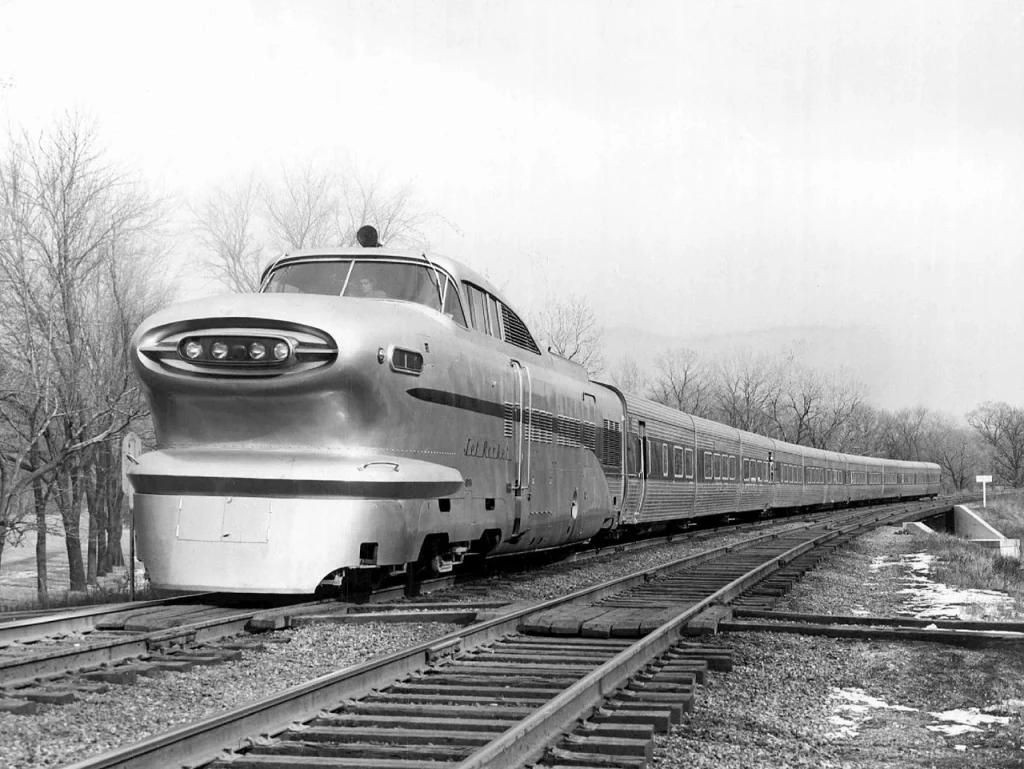
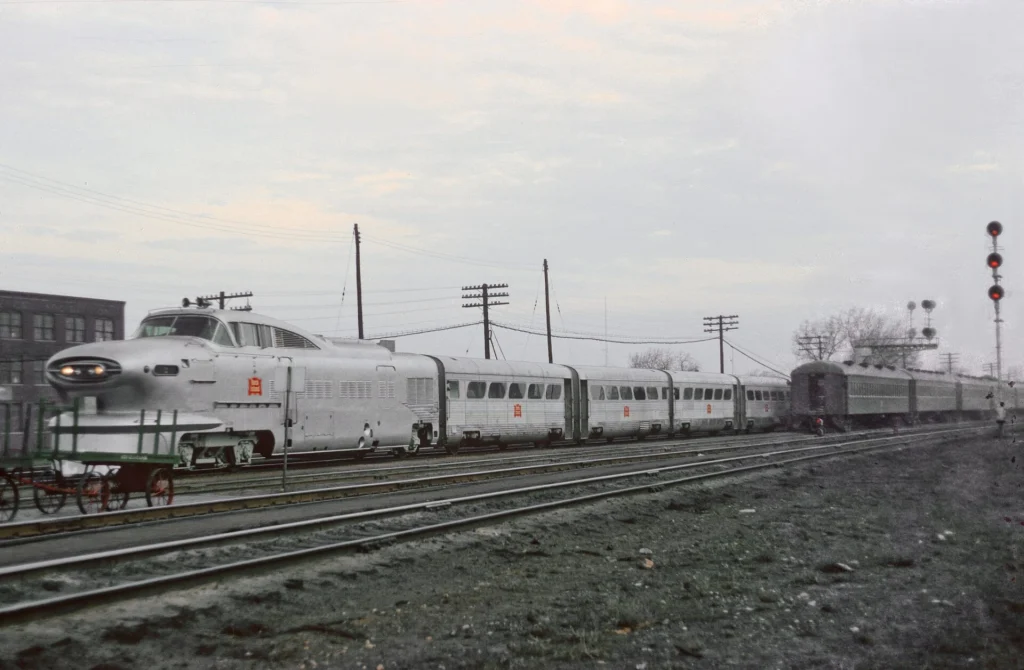
Another interesting problem was the power. Despite the locomotive having considerable strength, it proved to be underpowered when it came to reaching the planned speeds. This led to some complications, such as the need for auxiliary locomotives on steeper sections, a real hindrance for those expecting a continuous and efficient service. And as if that weren’t enough, the maximum speed of the Aerotrain was reduced from 160 km/h to 130 km/h, which left many frustrated and dimmed the shine of this project.
These failures ended up becoming constant challenges, and the image of the Aerotrain quickly deteriorated. What GM intended as a revolution in rail travel ended up being a project that failed to meet the expectations of the public and the railways. However, this is where a reflection comes in: even with all the challenges, the Aerotrain left an important mark on the history of rail transport. After all, every mistake is a lesson, and in this case, there were many.
Legacy and Influence of the Aerotrain on Future Travel
Despite its brief and not-so-glorious passage through the railway scene, the Aerotrain cannot be completely forgotten. It was a landmark that, in a way, planted the seeds for a future where design and ergonomics in travel would be more valued. It is interesting to think that even the mistakes of the Aerotrain influenced other projects that came later. What was a failed concept became a learning experience.
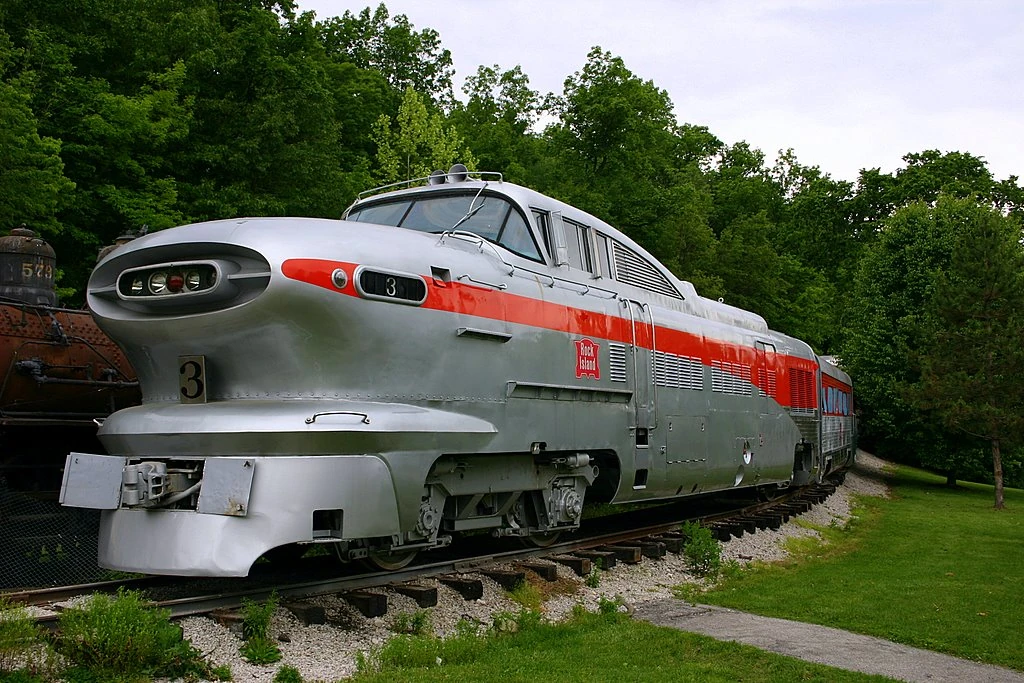
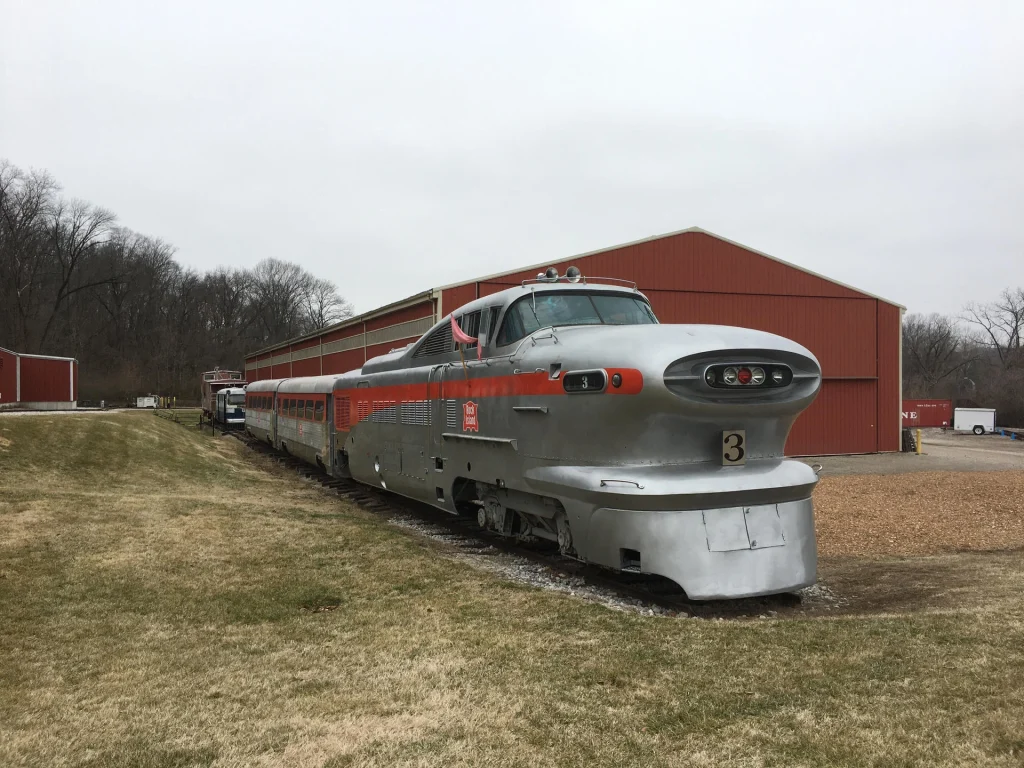
For example, the concept of aerodynamic design presented by the Aerotrain inspired various replicas and creations, such as the Viewliner at Disneyland and the Zooliner at the Oregon Zoo. These smaller but equally interesting creations show that even ideas that did not take off can have a positive impact in other areas. They brought new perspectives on how to design vehicles that are not only beautiful but also functional and that truly deliver what they promise.
The legacy of the Aerotrain, then, lies not in its display as a failure but in how it helped shape the railway industry and the way we think about transport today. Each attempt leads us to improvement, and this project, even though it did not become a commercial success, will be marked as an icon of ambition. Sometimes, true success is not just about winning, but about learning and reinventing oneself from failures.
Finally, it is worth remembering that innovation has its price, and the story of the Aerotrain is a clear example of that. Another question is: what can we learn from this, and how can we apply these lessons in the future?
Author: Fabio Isidoro
Founder and editor-in-chief of Canal Carro, he dedicates himself to exploring the automotive universe with depth and passion. A car and technology enthusiast, he produces technical content and in-depth analyses of national and international vehicles, combining quality information with a critical eye for the public.

